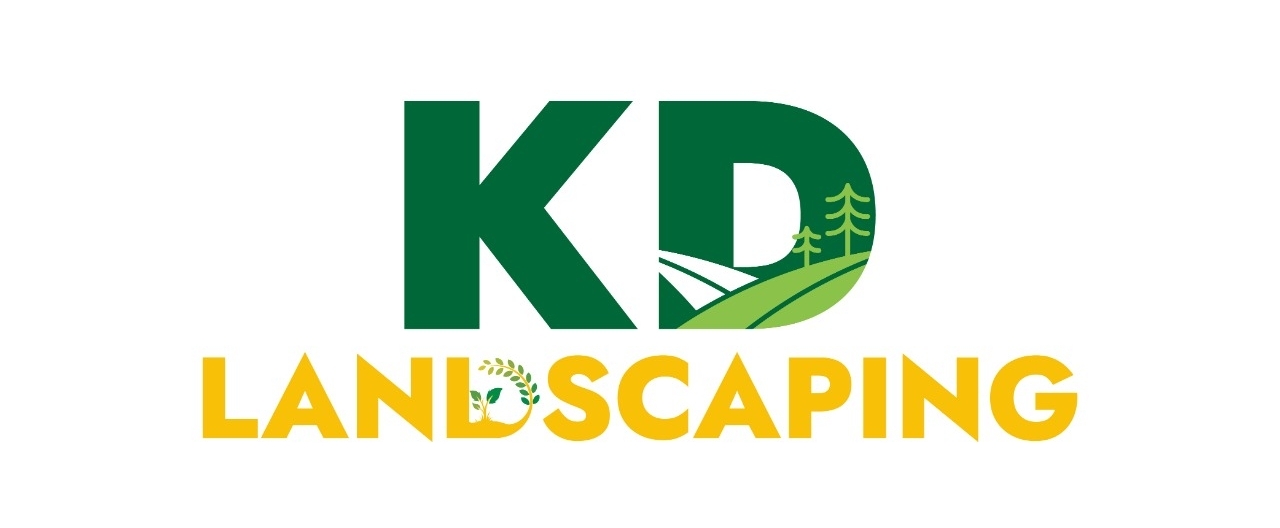Fertilizer
Fertilizing is one way to supply the nutrients essential for a productive garden. The key is to use the right kind and apply it in moderation.
The most common fertilizers are made from salts of nitrogen, phosphorus, and potassium, nutrients used by plants in the largest quantity. You’ll see them labeled as N-P-K: 5-10-10, 20-20-20, or similar. The three numbers are the percentages of those three nutrients in the product. Because they are salts, too much can kill your plants. Use the product in the amount recommended on the label to help your plants flourish.
Overfertilizing can also delay harvest. Plants that must bloom in order to produce their fruit (tomatoes, peppers, eggplant, squash, cucumbers, melons, beans, peas, and okra) need a balanced approach to nutrition. If they get too much nitrogen, they’ll grow a lot of foliage and flowering will be delayed.
Usually a dilute liquid fertilizer is used when transplants are set in the soil, followed in a week or two by granular fertilizer or timed-release granules applied at the rate recommended on the product label. Reapply as recommended, as different products remain active in the garden for varying lengths of time.
Organic gardeners use compost and other amendments, such as kelp, fish emulsion, cottonseed, and soybean meal to enrich the soil and feed the worms and soil microbes. This plant-feeding system works quite well, and it has long-term benefits.
Mulch
Mulch is organic material that hasn’t yet decomposed. It reduces evaporation, which keeps soil moist and cool. It also prevents weeds. Common choices include pine needles, tree bark from various species, wheat straw, and even newspaper and pasteboard boxes. If papers are used, be sure to cover them with another mulch or they’ll blow about on windy days. Areas covered with four to five sheets of newsprint or flattened boxes are certain to be weed-free. Avoid rubber mulches that don’t break down; you want mulch to decay and enrich the soil.

